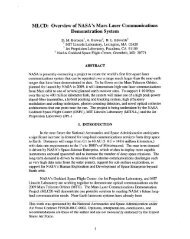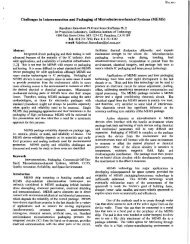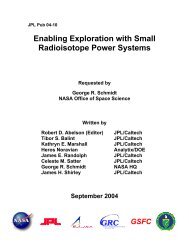Glint /Nadir Observation Strategy
Glint /Nadir Observation Strategy
Glint /Nadir Observation Strategy
You also want an ePaper? Increase the reach of your titles
YUMPU automatically turns print PDFs into web optimized ePapers that Google loves.
Why are <strong>Glint</strong> <strong>Observation</strong>s Needed?<br />
• Oceans covers 70% of the surface area of the earth, and are active<br />
components of the carbon cycle<br />
– Each year, the ocean emits ~90 billion tones of carbon into the<br />
atmosphere (roughly ten times that emitted by fossil fuel combustion and<br />
all other human activities) and absorbs ~92 billion tons of carbon<br />
– The spatial distribution of this absorption and emission are poorly known<br />
– Accurate estimates of the CO 2 fluxes between the ocean and the<br />
atmosphere are essential for accurate estimates human emissions,<br />
especially from coastal sites (where most people live)<br />
• Near IR remote sensing measurements of CO 2 over the ocean are<br />
challenging because the ocean reflects very little sunlight<br />
– Typical nadir reflectances are between 0.5 and 1%<br />
– Most of the sunlight reflected by the ocean surface is scattered into a<br />
narrow range of angles, producing the familiar “glint” spot<br />
– The reflectivity of the ocean surface increases with the incident solar<br />
zenith angle, such that the glint is brightest at high latitudes<br />
– Waves distribute the reflected sunlight about the specular angle, reducing<br />
the peak intensity and increasing the angular size of the glint spot.<br />
3


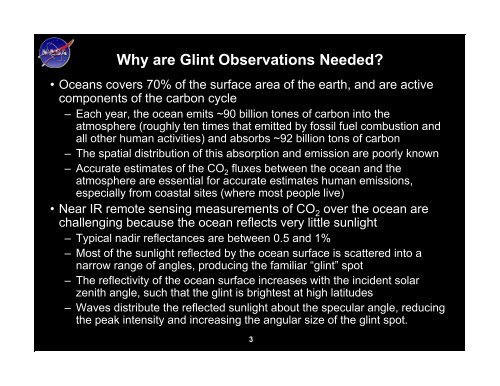
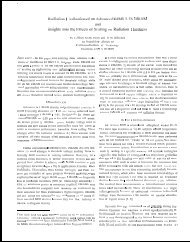


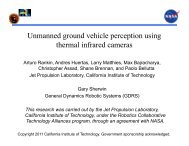


![Ana]ysis of Reaction Products and Conversion Time in the Pyrolysis ...](https://img.yumpu.com/11715548/1/190x242/anaysis-of-reaction-products-and-conversion-time-in-the-pyrolysis-.jpg?quality=85)
